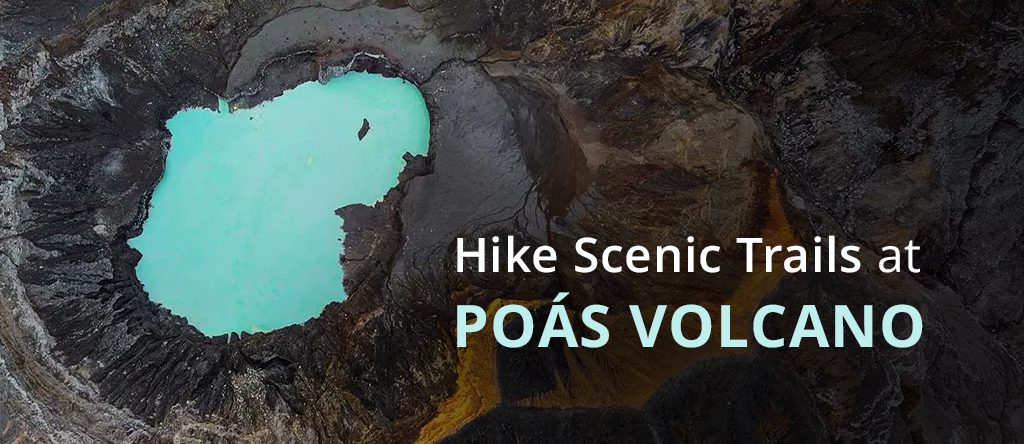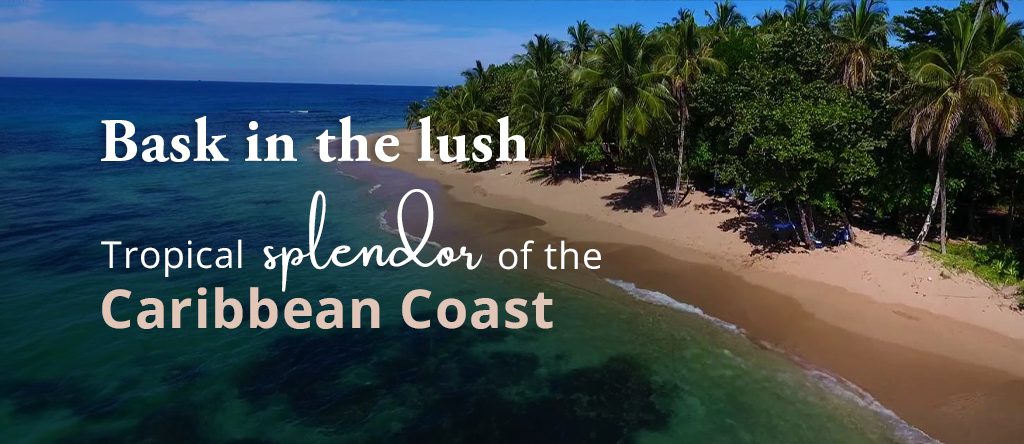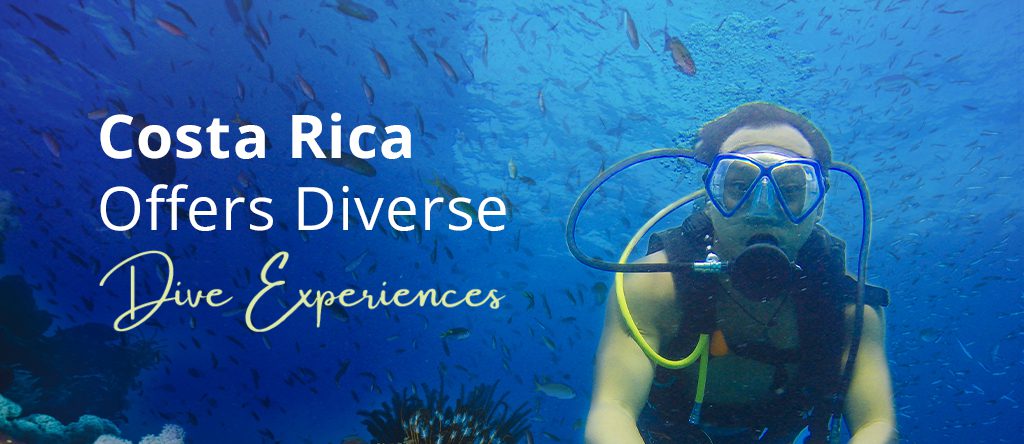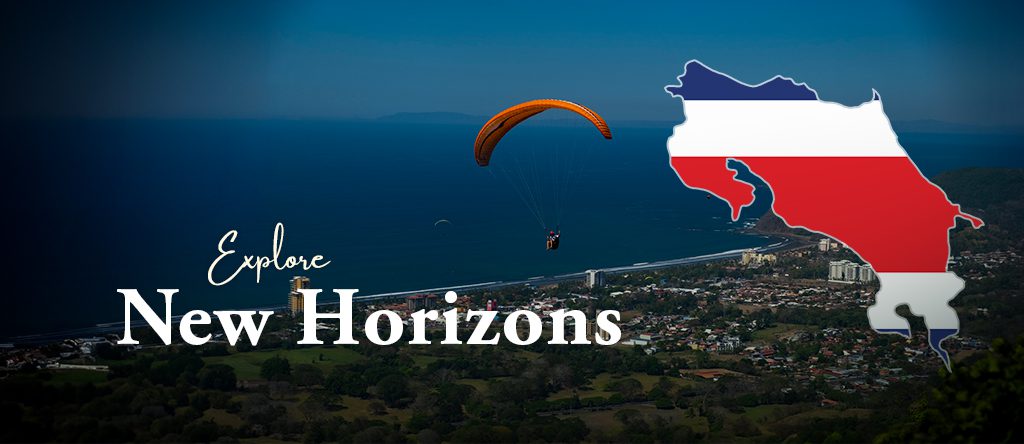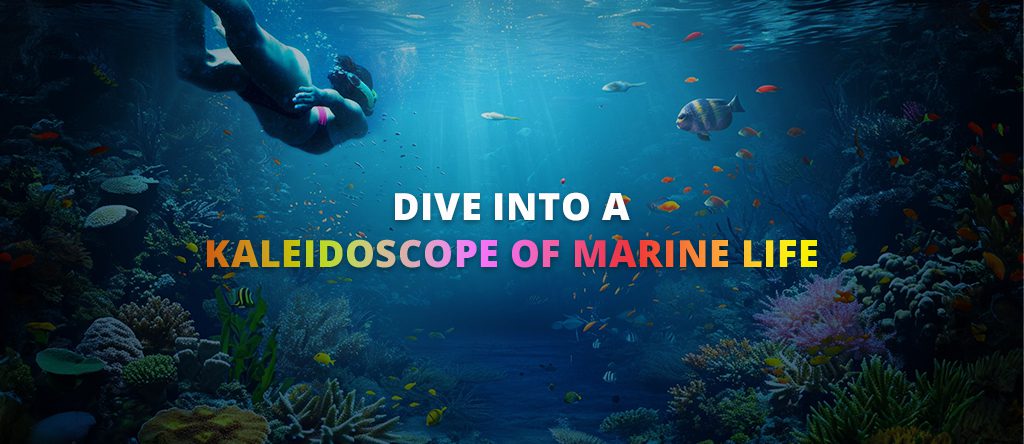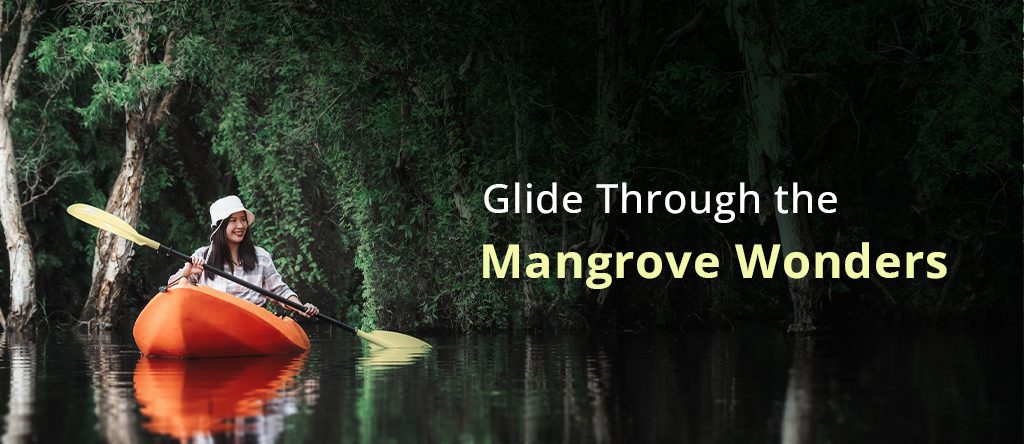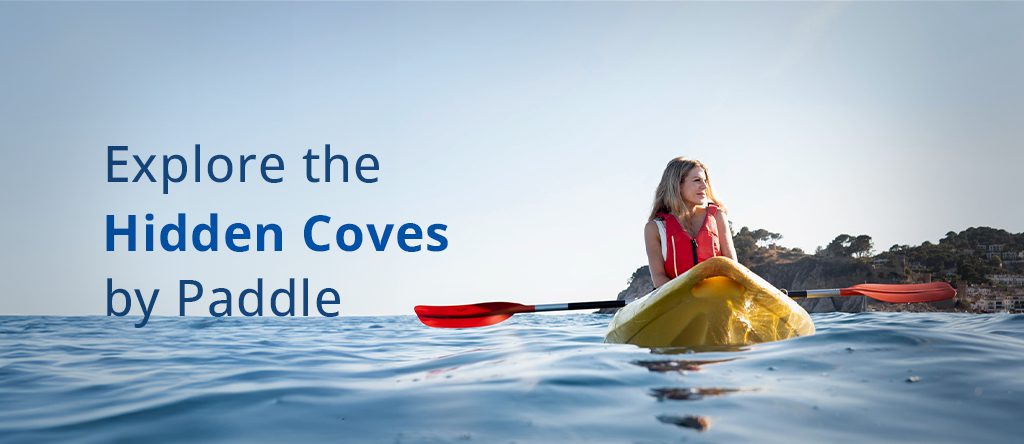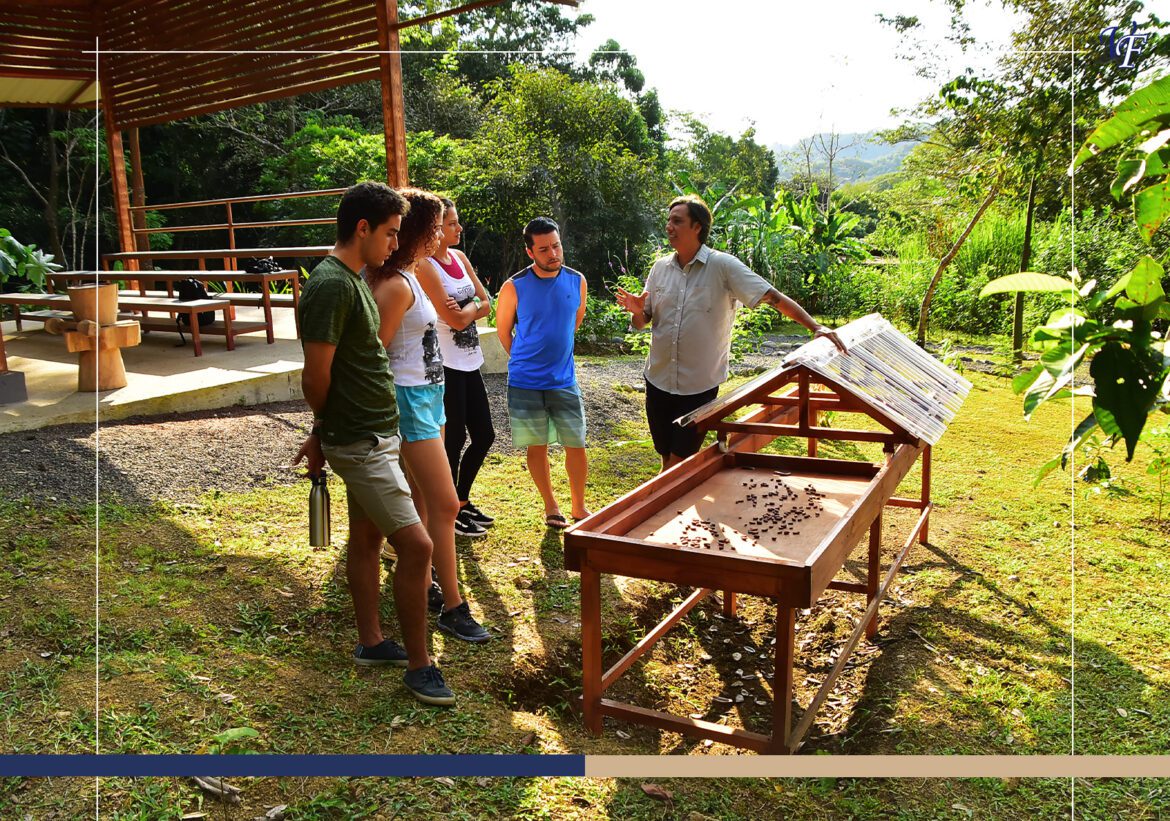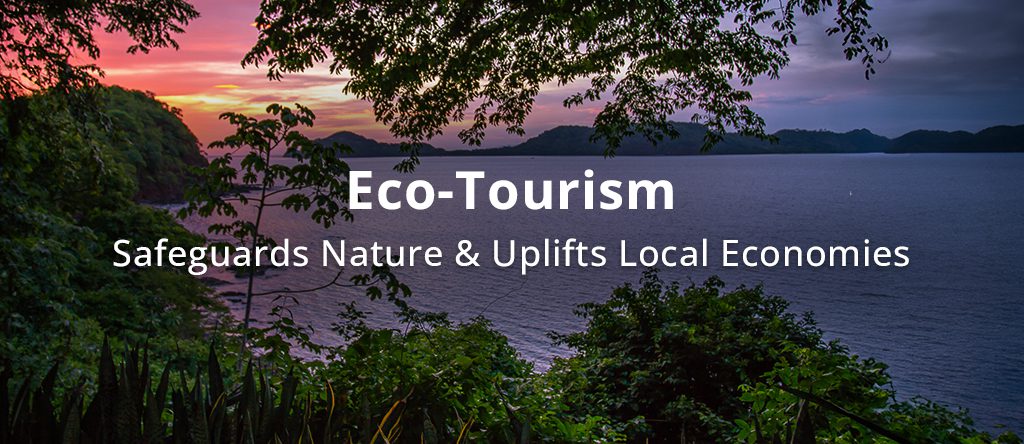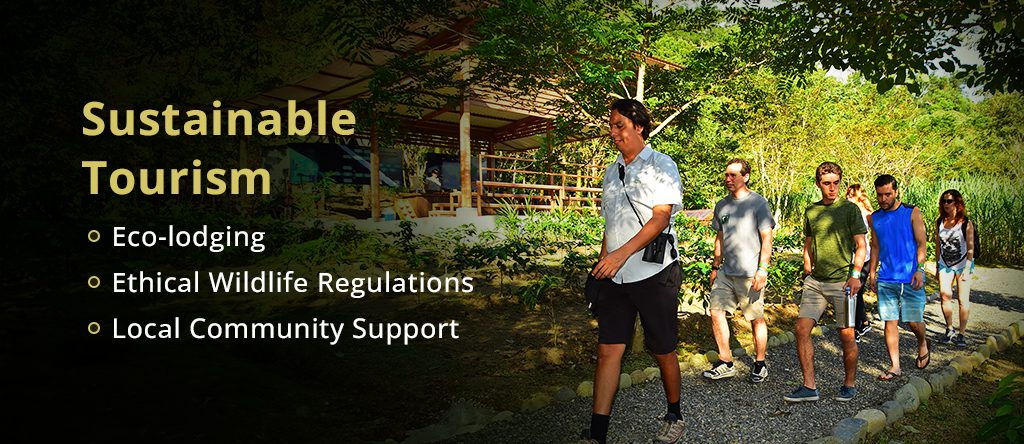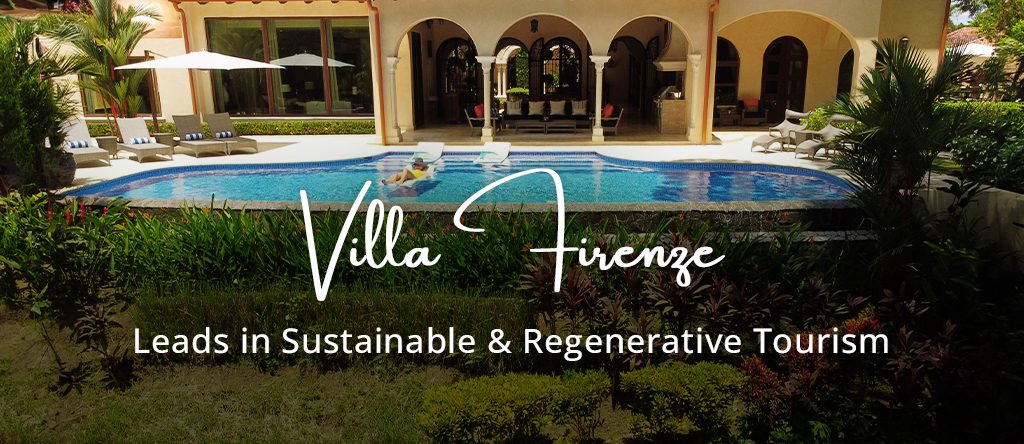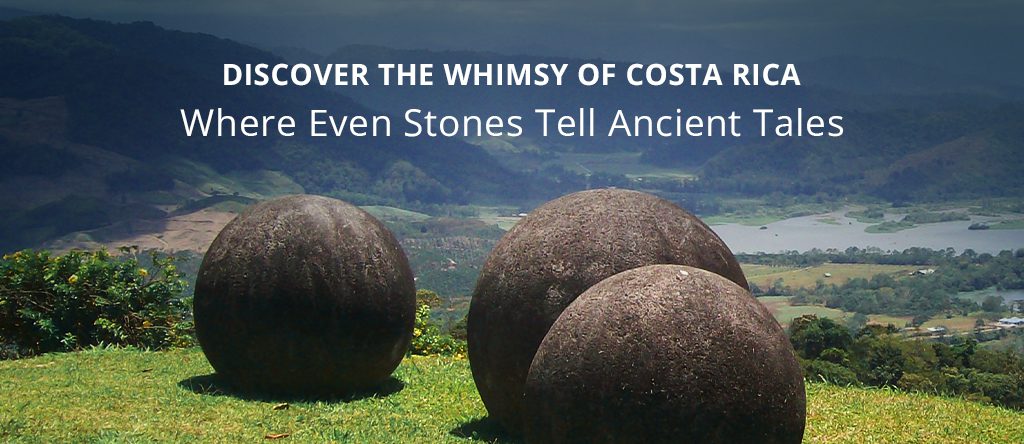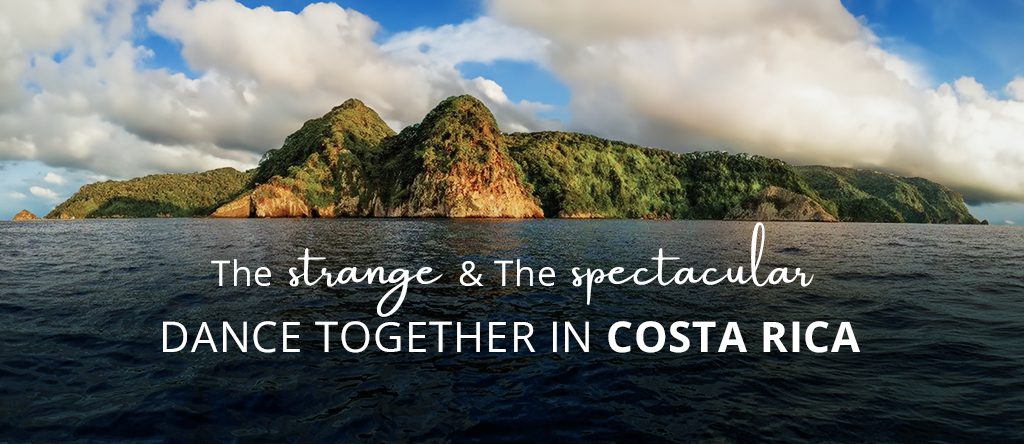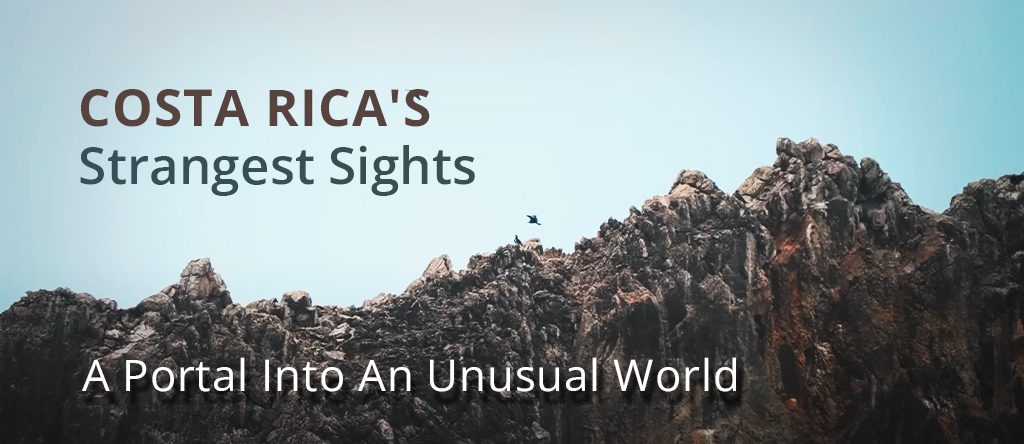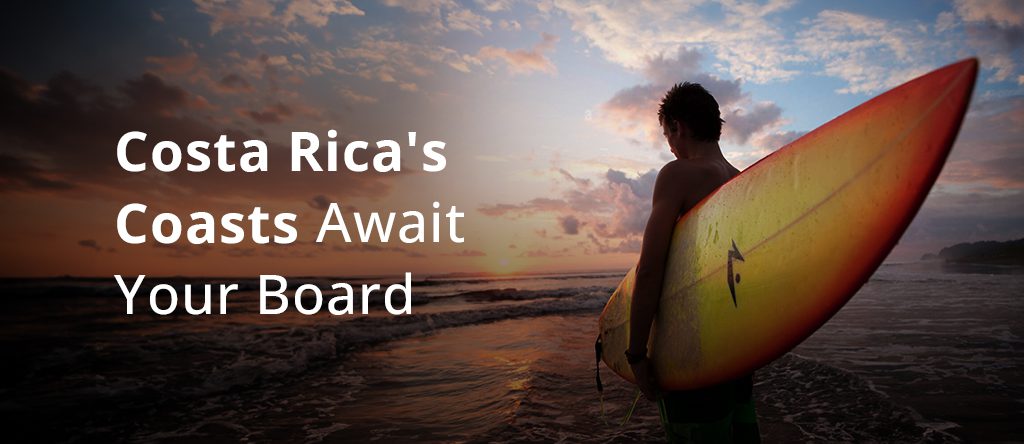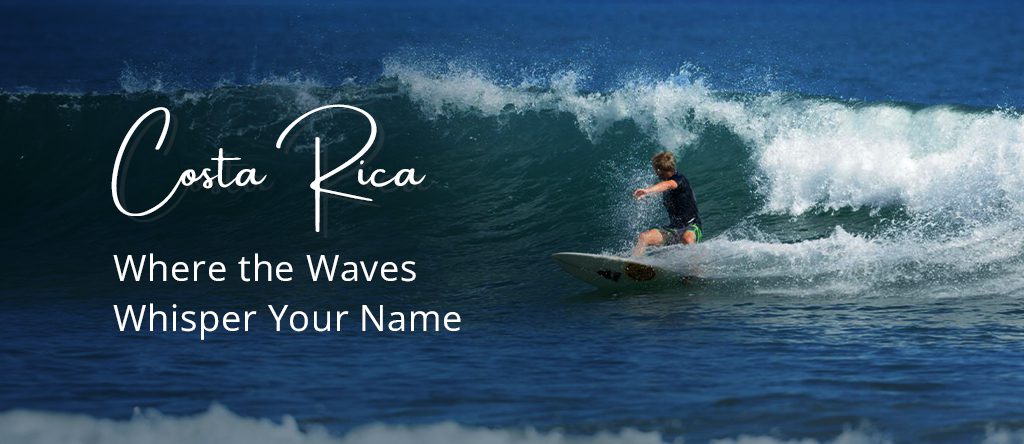Everybody’s life can be compared to an unfinished symphony that requires one last note to finish the journey’s trajectory; vacations provide such notes. Thus, though they may not be a part of our respective lives, they are revered as more than just luxuries; they bring families and loved ones together even when in strife.
Costa Rica is the best place in the world for a vacation. This tropical paradise offers innumerable exciting adventure activities, beautiful natural features, and varied flora and fauna. The Puntarenas side of Costa Rica promises an unforgettable adventure trip because of its stunning beaches and lively cultures. Plan thoroughly and revise your travel plans so as to get the maximum experience from this trip, even if it is small in size.
This article will discuss some important tips and advice you should consider when planning the Puntarenas holiday.
Tip 1: Best Time to Visit Puntarenas
If you want to experience the Puntarenas part of Costa Rica, there is no need to worry about the best months of the year; this destination can be visited at any time. Nevertheless, various seasons have advantages, which necessitate knowing when to go to have an unforgettable and thrilling journey.
Here are some things to keep in mind while planning your trip to Puntarenas –
- Best time for a beach vacation: The dry season in Costa Rica makes for the best time to enjoy outdoor activities and beach vacation on the Puntarenas side of the country. December to April offers incredible opportunities for sightseeing as well.
- Wildlife watching: If you want to see exotic wildlife in Costa Rica, the months from July to November are perfect. The green season offers wildlife enthusiasts opportunities to go on tours and safaris.
- Festivals: If you wish to experience the popular festivals of Costa Rica for yourself, timing plays a vital role. It’s always recommended to check the calendar for specific dates of the festivals and events you are interested in.
- Optimal conditions for outdoor activities: The dry season offers low humidity and comfortable temperatures, which are perfect for outdoor activities like hiking, ATV tours, etc.
- Better road conditions: When you travel to Puntarenas during the dry season, you get well-maintained roads for easier, safer, and more enjoyable experiences.
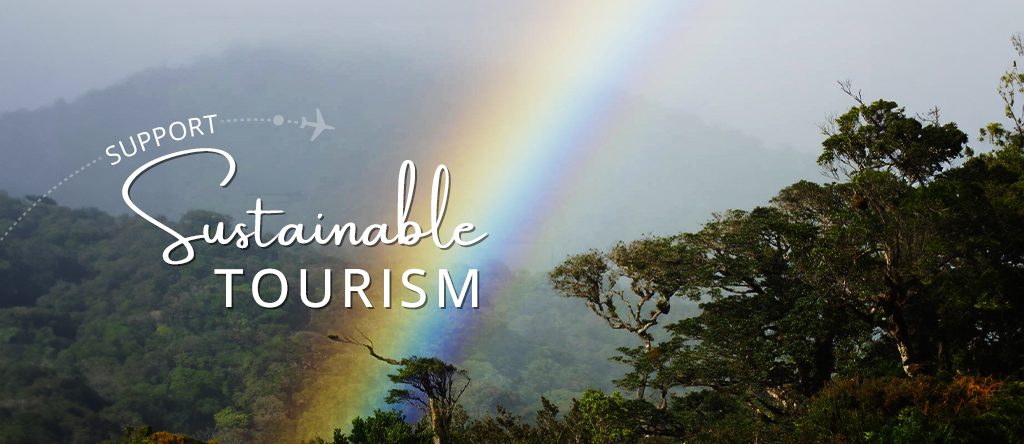
Tip 2: Plan Your Transportation in Advance
It takes some preparation to explore Puntarenas in and out. A little planning can go a long way when it comes to transportation options; booking ahead can save you time and money.
- Exploring Options: Look into the prices and services offered for renting automobiles, buses or shuttles, and personal transportation to find the best price.
- Online Booking: Ensure availability and affordable fares by booking your transport beforehand. Moreover, making an early reservation helps you relax because you know that your journey has already been planned.
- Confirm Details: Pick-up times and places must be verified for a peaceful journey. This double-checking will save you from confusion and delays at the last minute.
- Consider Packages: Some places offer free transport tickets while others don’t, but during off-seasons, you can save a lot from them. Transfers from the airport to the hotel with no charge or guided trips are part of such offers.
- Check Reviews: Traveler comments can guide you when selecting trustworthy transporters. Customer experiences provide hints on how well a particular service was rendered.
Tip 3: Book Accommodations Early
In Puntarenas, there are places to stay that are as good as your pocket can allow or as bad as your imagination. Booking in advance will get you the best rates and availability, particularly during the high season.
- Better Rates: Secure lower prices by booking your accommodations early. Early reservations often come with discounts and promotions that can significantly reduce your travel costs.
- Availability: Ensure your preferred accommodation is available, especially during peak season. Popular hotels and resorts can fill up quickly, so booking in advance guarantees your spot.
- Peace of Mind: Relax knowing your stay is confirmed, allowing you to focus on other travel plans. With accommodation sorted, you can plan activities and excursions without stress.
- Special Requests: More likely to be accommodated if you book early. Early booking allows you to request specific room features or amenities.
- Exclusive Offers: Access to early bird discounts and promotions. Many hotels offer special rates for early bookings, providing additional savings.
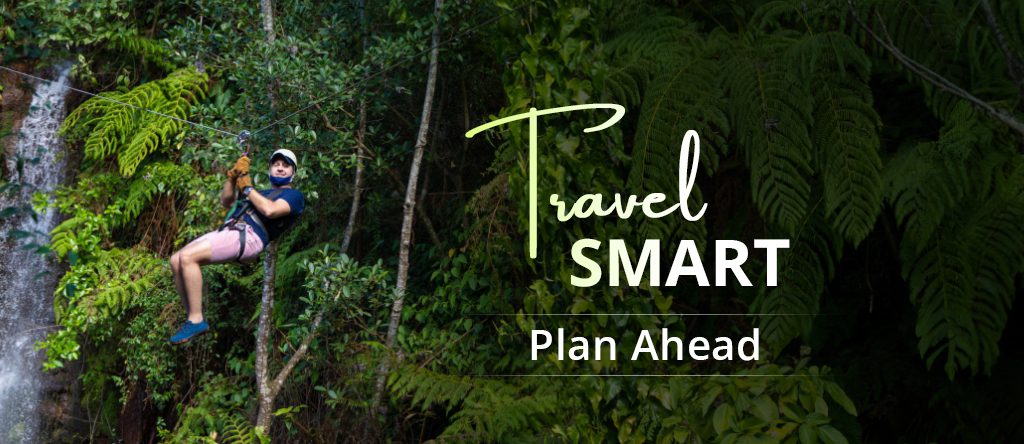
Tip 4: Try Local Cuisine
The culinary delights of Puntarenas are among the best highlights, making visiting this side of Costa Rica worthwhile. The local cuisine of Puntarenas has everything that can satisfy one’s taste buds.
- Must-Try Dishes: Savor the local delights including ceviche, gallo pinto, casado, arroz con mariscos and patacones. Each dish has its own distinct taste of Costa Rican flavors.
- Ask the Locals: For the best local sodas (small eateries) and hidden gems, speak to the residents. They know where you can find really delicious food.
- Check Online Reviews: Websites like TripAdvisor can show you top rated restaurants in your area of interest. They have reviews on the quality of food served there and characteristics of their services.
- Follow the Crowds: It is often said that a place full of people means it has good Costa Rican food. If an eatery is crowded by locals, chances are its food is delicious.
- Explore Side Streets: Take a stroll off the beaten tourist path for an authentic dining experience. Family-run places tend to serve some of the most unforgettable meals ever made.
Tip 5: Remain Hydrated and Apply Sunscreen
The tropics in Puntarenas can be hot and damp sometimes. For a secure and enjoyable trip, take enough water and sunscreen.
Below are additional tips for a calm and healthy holiday.
- Bring Water: Always keep a water bottle with you. Staying hydrated is essential in the heat of tropical weather to avoid dehydration.
- Sunscreen: For protection, apply broad-spectrum SPF 30 or higher to your skin. Reapply it every two hours, particularly after swimming or sweating.
- Hats and Sunglasses: Put them on your head and eyes to shield them from the sun’s rays. Getting a perfect guard, wide-brimmed hat, as well as UV blocking shades will help.
- Seek Shade: Avoid prolonged exposure to sunlight by taking breaks under trees or umbrellas, which will help prevent sunburn and overheating.
- Wear Protective Clothing: Sunblocking, light-sleeved shirts and trousers can keep you cool, especially when the fabrics are chosen well.
Tip 6: Respect Local Customs and Etiquette
By respecting local customs and etiquette you are able to interact well with the residents and therefore improve your journey.
- Learn Basic Spanish Phrases: Enhance your interactions with locals by learning simple phrases like hola (hello), gracias (thank you), and por favor (please). This shows respect and effort in communicating in the local language.
- Greet Everyone: A simple hello goes a long way in Costa Rican culture. Greeting people with a smile can open doors to friendly interactions.
- Be Patient: Ticos value a relaxed pace, so avoid being overly rushed or demanding. Embrace the slower lifestyle and enjoy the moment.
- Use Polite Expressions: Always say please and thank you for showing respect. Politeness is appreciated and reciprocated.
- Respect Personal Space: Maintain appropriate distance in conversations. Personal space is valued, and respecting it fosters better interactions.
Tip 7: Be Prepared for Mosquitoes
Tropical countries have many mosquitoes, which are very disturbing. It’s important to take precautions to avoid getting bitten by them or suffering from health problems caused by their bites.
- Use Insect Repellent: It is always good to apply insect repellent, especially during dawn and dusk times. Although DEET-based repellents are effective, the natural alternative known as citronella is also effective.
- Wear Protective Clothing: Long-sleeved shirts and pants reduce exposure to mosquito bites; light-colored clothing, on the other hand, does not attract mosquitoes.
- Stay Indoors: Staying indoors during peak mosquito periods is advisable since this helps reduce the risk of contracting mosquito bites.
- Use Mosquito Nets: Sleeping underneath a mosquito net saves you from being bitten when resting. This becomes more critical in places where there is an increased likelihood or high mosquito populations.
- Avoid Stagnant Water: Avoid hanging around places with standing water since this helps these insects reproduce. Look around your vicinity and empty any stagnant water that may exist close to where you live.

Tip 8: Stay Safe and Informed
Ensuring your safety and staying informed about local conditions will make your trip more enjoyable and secure.
- Use Hotel Safes: To avoid the risk of theft, keep important items like passports and valuables in your hotel’s safe.
- Be Discreet: Avoid displaying expensive items in public. Flashy displays can attract unwanted attention.
- Be Cautious: Crowded places can be dangerous zones for pickpocketing. Instead of going unnoticed, thieves can rob you before you know it.
- Keep Contacts for Emergencies: You should know the phone numbers of the police and other relevant authorities within the locality, as well as those for your country’s consulate or embassy. Doing this will help you stay safe during emergencies.
- Follow Local Advice: Listen to recommendations from locals and authorities regarding safety and health. Local knowledge can be invaluable.
Conclusion
The province of Puntarenas offers a wide range of experiences that can satisfy even the most discerning traveler. Following these crucial guidelines will help you prepare to explore its enchanting scenery, taste its local dishes, and dive deep into its lively traditions.
Also, keep in mind that you must embrace their culture and traditions, bag some souvenirs from local and eco-friendly sources, and book a luxury villa in Costa Rica where you can relax and enjoy with your family and friends without worrying about your safety and security.
Take up an offer from Puntarenas for an adventure-filled journey whose memories remain forever vivid in your mind.









